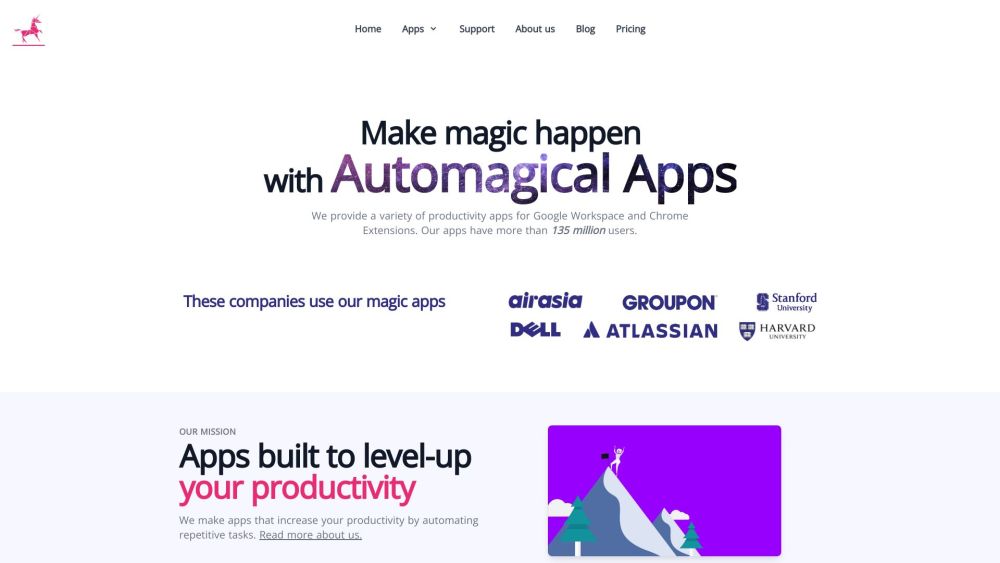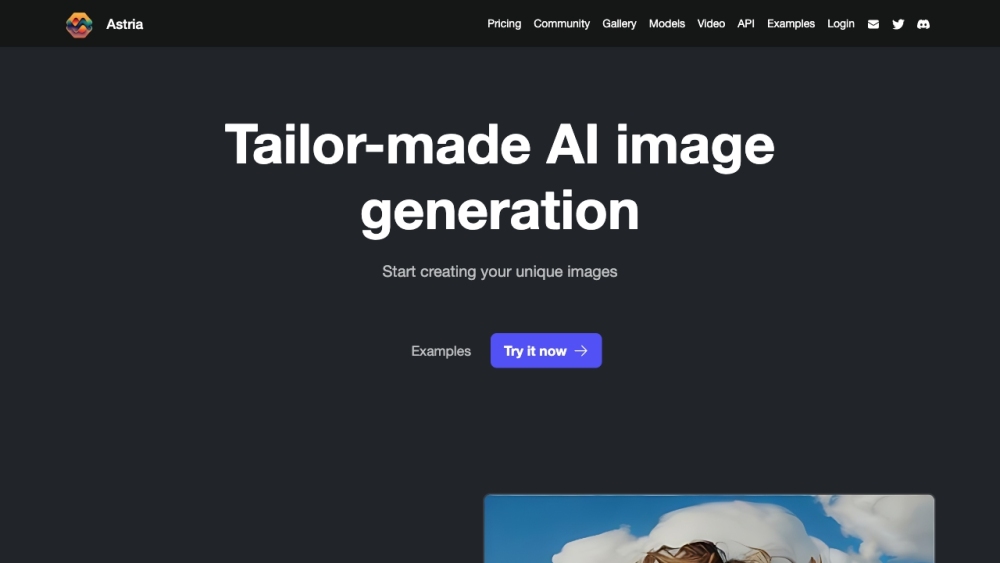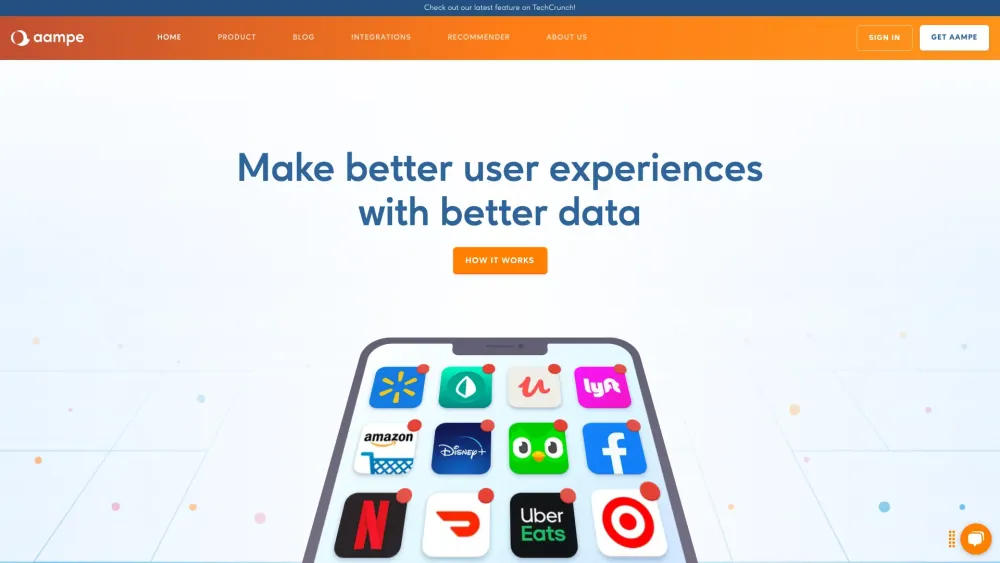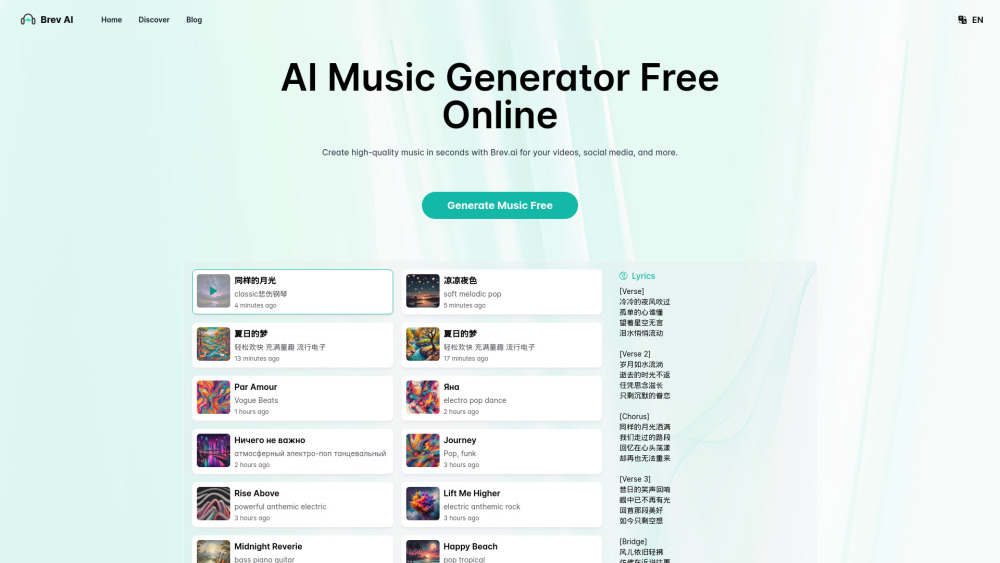Choosing Between the iOS App Store and Google Play Store: A Developer's Guide
In the mobile app development landscape, the iOS App Store and Google Play Store are the two dominant platforms, each with its unique characteristics. Developers must consider their target audience and evaluate the pros and cons of each platform carefully. This guide provides a detailed analysis of the differences between these two platforms to help developers make informed decisions.
1. Market Reach
- iOS App Store: Primarily caters to affluent users who exhibit a strong willingness to pay, resulting in higher monthly spending compared to Android users. This makes the iOS App Store the preferred choice for developers targeting in-app purchases and premium features.
- Google Play Store: Android's broader market presence, particularly in emerging markets, offers significant opportunities despite a generally lower willingness to pay among users. The larger user base can lead to increased exposure and potential revenue.
2. Development and Publishing Process
- iOS App Store: Featuring a stringent review process, Apple requires developers to adhere to specific design and functionality guidelines, with review times typically ranging from a few days to several weeks. Additionally, developers pay an annual fee of $99.
- Google Play Store: The review process is more lenient and faster, often completed within hours to a few days. Developers are only required to pay a one-time registration fee of $25, significantly lowering the barrier to entry.
3. App Distribution and Updates
- iOS App Store: App updates must undergo Apple's review, which can delay the rollout. However, users generally prefer the latest versions of apps.
- Google Play Store: Developers can quickly release and update applications without extensive review processes, allowing for rapid bug fixes and new feature launches, thus maintaining competitive advantage.
4. User Experience and Design Guidelines
- iOS App Store: Apple provides clear guidelines for user interface design to ensure a consistent and high-quality user experience, although this may restrict some creative flexibility for developers.
- Google Play Store: Offers greater design flexibility, enabling developers to optimize their apps for various screen sizes and device types, catering to a diverse array of users.
5. Revenue and Profitability
- iOS App Store: Users tend to spend more, with a revenue share model of 70/30 in favor of developers, which may be adjusted in some special cases.
- Google Play Store: Similarly operates on a 70/30 revenue model but can, under specific conditions, shift to an 85/15 split. Nonetheless, the overall lower spending propensity of Android users may affect total earnings.
6. Development Tools and Support
- iOS App Store: Apple provides a robust development environment with Xcode and comprehensive documentation, alongside strong technical support to help developers optimize and promote their apps.
- Google Play Store: Android Studio, the development environment for Android, is feature-rich, with access to a diverse range of community resources and troubleshooting support.
Conclusion
For app developers, the choice between the iOS App Store and Google Play Store depends on target demographics, revenue expectations, development processes, and personal preferences. The iOS App Store is ideal for those seeking higher earnings and willing to comply with strict regulations, while the Google Play Store is better suited for developers looking to release applications rapidly and frequently to reach a broader audience.
Ultimately, many developers opt for a dual-platform strategy to maximize market reach and revenue potential. While this approach requires additional resources, it can lead to greater market opportunities and financial success.




